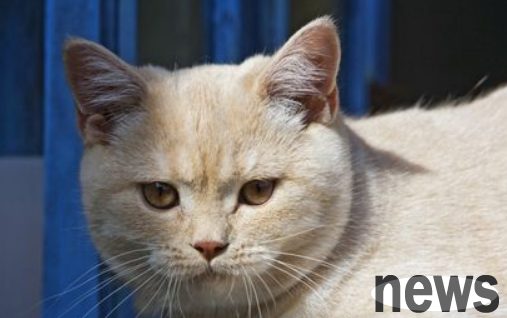In order to protect native animals from cat swarms, the Sydney Olympic Park Wildlife Reserve will strengthen management of the problem of cat swarms. Once a cat running into the area is found, the cat owner may be fined; cats without owners will be sent to animal shelters and will be destroyed by humanitarianism.

According to the Daily Telegraph, the Sydney Olympic Park Wildlife Reserve has more than 200 native birds, frogs, bats and possums. When cats rush into the area, these native animals will suffer.
In order to protect native animals from cats, once cats are found in wildlife reserves, unidentified cats will be sent to animal shelters. There are thousands of stray cats there, more than half of them facing euthanasia.
The wildlife reserve staff said many native plants and flora in the forests, wetlands and grasslands of Sydney Olympic Park are threatened with frequent extinction.
Olympic Cat Management Program staff said: "Wild cats and domestic cats pose a major threat to wildlife in the park. Most domestic cat owners know that they need to leave their cats at home at night, but we have been seeing groups of cats roaming freely in natural areas, putting local animals at risk."
The agency recommends pet cat owners leave their cats indoors, or arrange a safe outdoor fence with some entertainment facilities such as window seats, cat grab posts, shelves, boxes and toys.
According to the Olympic Cat Management Program, indoor cats can live on average 12 years, while stray cats live less than five years due to traffic accidents, diseases, attacks from dogs and wildlife, poisons, parasites and other dangers.
The Olympic Cat Management Programme has expanded plans to comply with the New York Provincial Peer Animals Act of 1998.
According to regulations: stray cats in wildlife protection areas may be seized and checked for chips or other identification certificates. If the cat owner is found, the cat owner needs to claim the cat and pay for the facilities during the cat's "detention". Cats that cannot find their owner will be sent to an animal shelter where more than half of the cats are euthanized – so make sure your cat has an identity collar or chip. Violators may be fined.